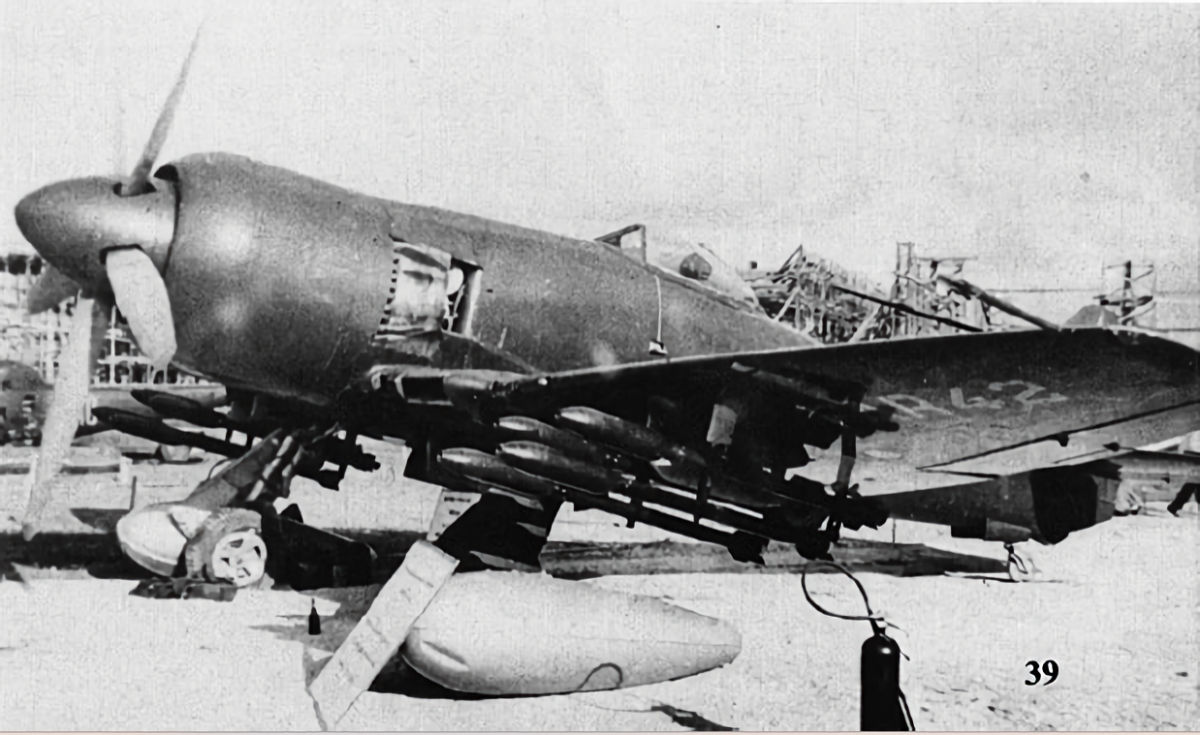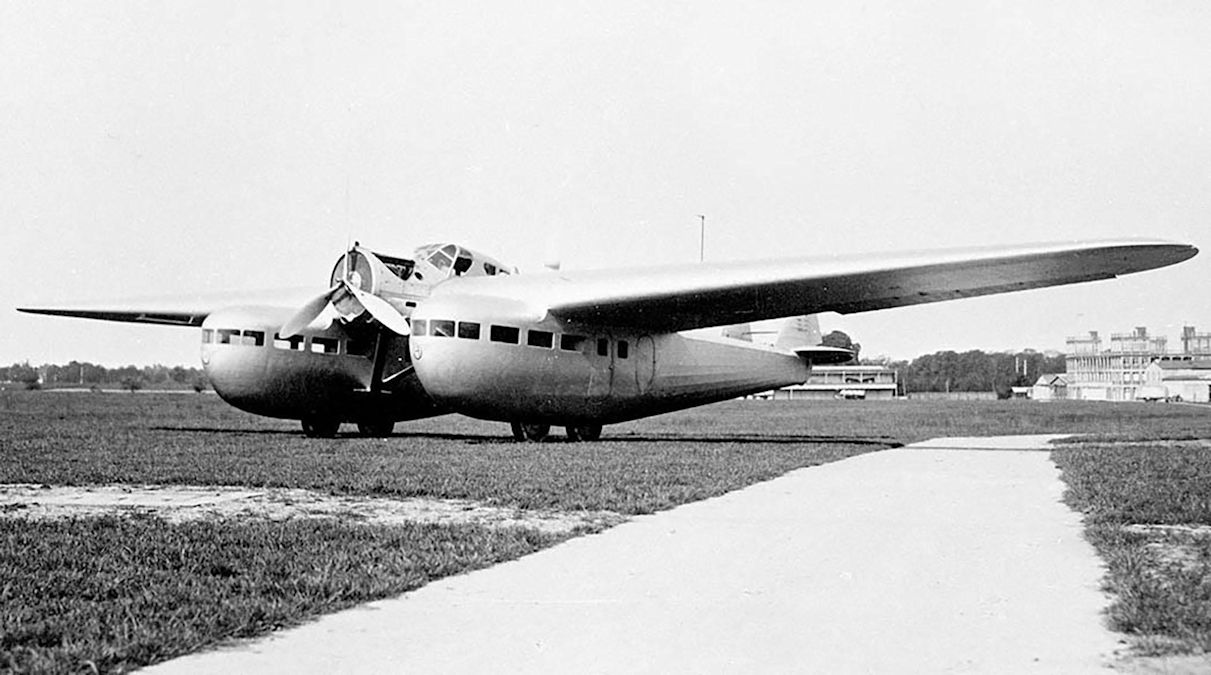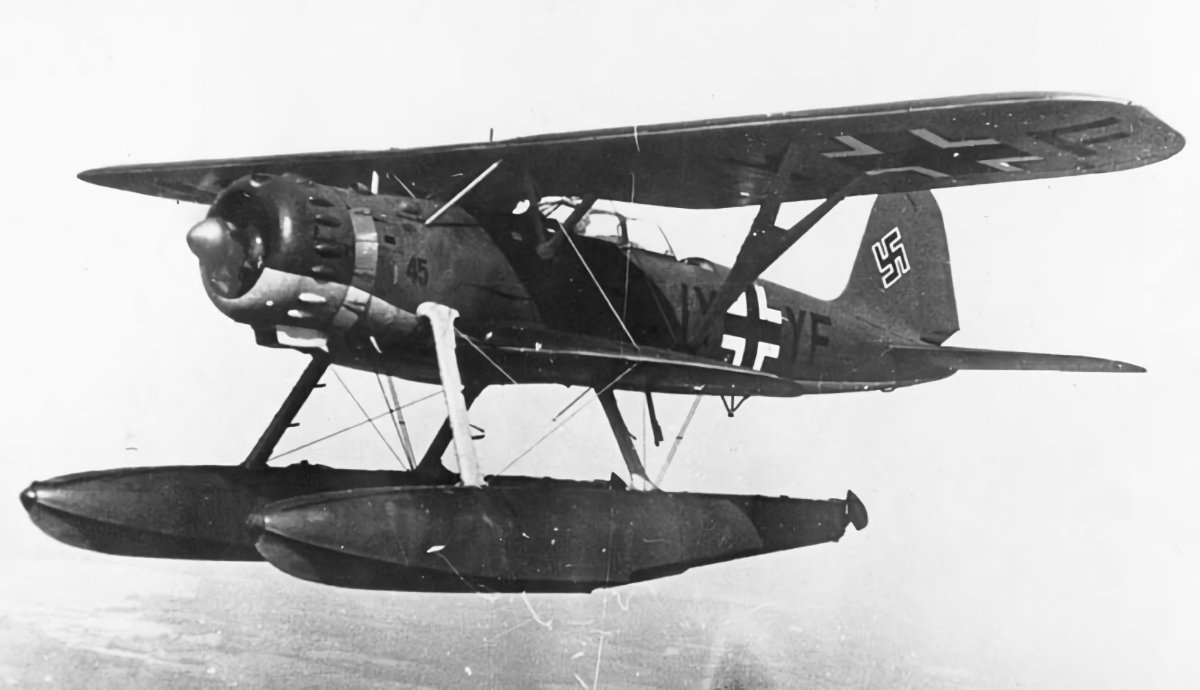Tag: Aircraft
-
Hawker Sea Fury in Cuban Service

Hawker Sea Fury in Cuban Service Acquisition and Delivery In 1958, the Fuerza Aérea del Ejercito de Cuba (FAEC) purchased a total of 17 refurbished Sea Furies from Hawker Aircraft. The aircraft were all ex-Royal Navy Fleet Air Arm (FAA) aircraft and comprised 15 FB.11 fighter-bombers and two T.20 trainers. Deliveries began in 1958 and… Read more
-
Blériot 125

Blériot 125 The Blériot 125 was a French prototype passenger plane first flown in March 1931. Of unconventional design, it had the twelve passengers seated in twin fuselages, six in each. There was a central nacelle, which had a forward tractor engine and a rear pusher engine. The crew compartment was between the two engines.… Read more
-
Heinkel He 114 in German Service

Heinkel He 114 in German Service Designed to relace the Heinkel He 60 on German warships, the Heinkel He 114 floatplane was not a great success and was soon replaced by the Arado Ar 196. He 114 floatplanes were used aboard the hilfskreuzer (auxiliary cruisers or raiders) Atlantis, Pinguin and Widder with each equipped with… Read more